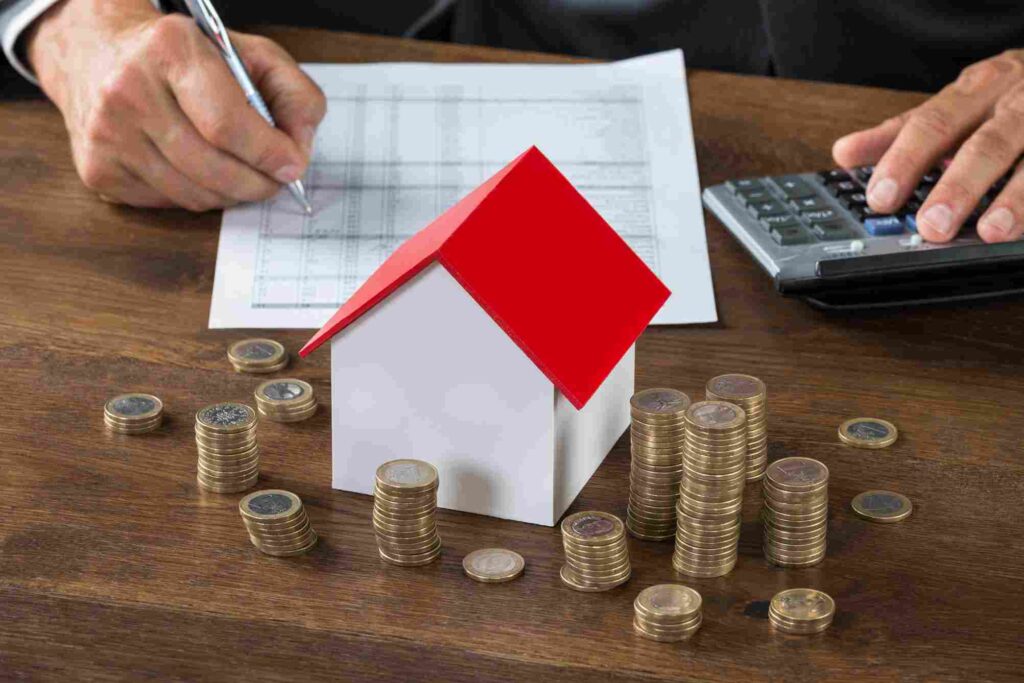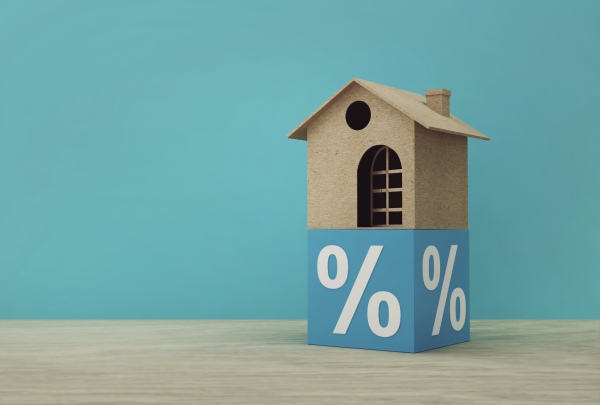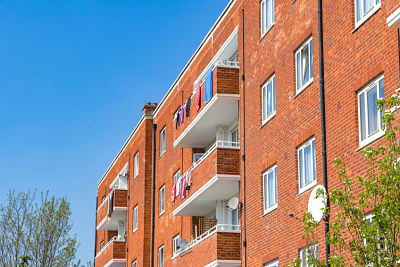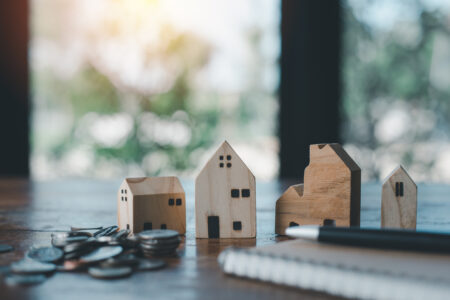
Buy to let is a business, and as a business owner, making a profit is a priority. Rental yield is one of those terms bandied about in landlord circles, but would-be landlords are not always sure what it means. In this article, we aim to give you an easy-to-understand explanation of rental yields, so you can work out if a rental property is making a reasonable profit.
What is the Gross Rental Yield?
In simple terms, the gross rental yield of a property is the annual income expressed as a percentage of the property’s purchase price or value. We have an easy-to-use free rental yield calculator on the Landlord Vision website if you want to head on over to check it out. You can plug in your figures or if you own several rental properties, download the free spreadsheet.
Why is it Useful?
Rental yield offers a useful overview of whether a property is likely to be profitable. If a flat is very expensive and the market is so saturated with rental properties that the average rent charged is low, then the property might not be a good investment. And vice versa. Use the gross rental yield to compare different properties. You can also use this figure to track the profitability of your portfolio over time. After all, property values change and rents also go up, but not necessarily on the same trajectory.
Calculating the Gross Rental Yield of a Property
Here’s how to work out the gross rental yield.
Firstly, work out what the actual value of your property is. This is easy if you have only just purchased the property, but if you have owned the property for a while, it is worth asking an agent to give you an up-to-date valuation.
Next, work out what your annual rental income is. If your tenant pays monthly, multiply the rent by 12, or weekly, by 52, and so on.
The calculation is as follows: annual rental income divided by the property’s value.
For example, if your property is worth £150,000 and your tenant pays £450 per month:
450 x 12 = 6,600
6,600 / 150,000 x 100 = 4.4% gross rental yield.
That probably looks good, but landlords have expenses, so to work out if a rental property is profitable or not, we really need to know the net rental yield.
Calculating the Net Rental Yield
The net rental yield of a property is the figure you arrive at after deducting all your expenses, for example, letting agent fees, maintenance costs, accounting fees, insurance, etc. You should also deduct purchase costs such as Stamp Duty Land Tax, as well as the cost of void periods. Do not deduct any costs covered by the tenant, such as council tax and water rates (if applicable).
Using the example above, let’s assume you have annual costs of £3,000.
6,600 – 3,000 = 3,600
3,600 / 150,000 x 100 = 2.4%
This reduces the rental yield to 2.4%. Not so good. And if you unexpectedly have to replace the roof on your property, a job that costs you £5,000, the net rental yield drops to -0.93%. Not great at all!
When to Use Rental Yield Calculations
Don’t invest in a buy to let property without calculating the rental yield first, or you might end up paying over the odds for a house/flat and discovering the average rents in the area don’t make it profitable once you deduct your expenses.
Recheck your rental yields regularly, so you can work out which properties in your portfolio are more profitable than others. In general terms, cheap properties tend to offer better yields, as your costs are lower. So, even though rents in London are very high, the correspondingly high purchase prices of London properties cancel out the gains.
Average UK Rental Yields
Analysis of buy to let rental yields across the UK has found that Nottingham is the most profitable area, with properties in the NG1 postcode generating rental yields of 11.99%. Liverpool L7, which is close to two of Liverpool’s universities, delivers average rental yields of 9.79%. Manchester also scores highly, with rental yields in the M14 postcode area 7.07%.
Compare these to an average rental yield of just 4.81% in the best performing area of London. Highgate is the worst area in London, with just 1.93%.
From this little example, you can see straight away what a difference property purchase prices make on rental yields.
How to Maximise Your Rental Yields

There are lots of ways to maximise rental yields, but the most obvious two are buy a cheaper property and charge more rent.
However, whilst you are free to buy a property in a cheaper area, you can’t charge more than the market rent unless the property warrants it. To maximise your returns, look for properties in popular areas, such as near universities, and avoid older properties with poor energy performance; these tend to be less popular with prospective tenants.
In existing properties, try to reduce your overheads, such as hiring a good accountant to save you money on your tax bill or looking for a cheaper letting agent (if applicable).
Void periods are unavoidable sometimes, but they can have a huge impact on your rental yields. Try to minimise them where possible.
Number crunching isn’t always much fun, but it’s a vital part of being a successful landlord. Check rental yields before you buy and monitor your portfolio closely. If a property isn’t performing as you hoped, or a prospective purchase yields less than expected, you can then make an informed decision.
If you are using Landlord Vision to manage your properties, the rental yield is worked out for you on each property using the information in your portfolio. This allows you to keep a close eye on how your properties are performing over time.



